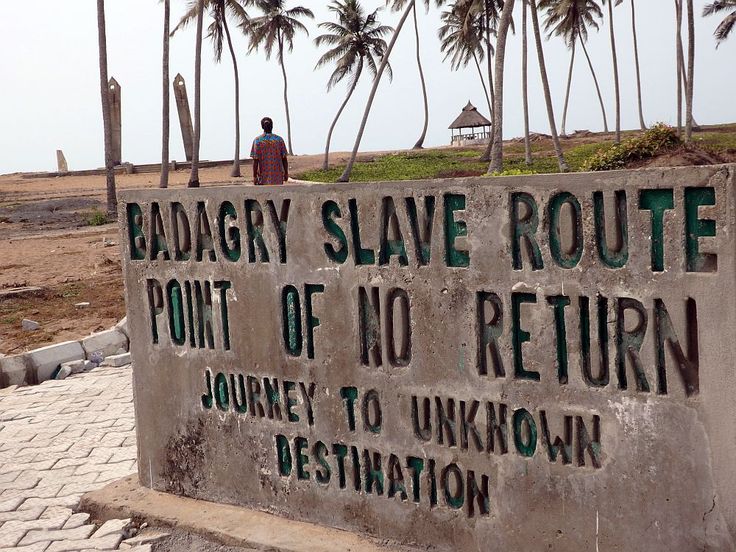How much do we truly understand about the complexities and lasting effects of the Trans Atlantic slave trade? ‘This is the route of the journey to unknown destination’ reads a monument at the Badagry Slave Trade Route in Nigeria. It speaks volumes about the unimaginable horror millions of Africans who were ripped from their homes and families endured. The Badagry Slave Route as well as other slave ports are a grim reminder of the brutality of the slave trade era. However, the fragmented understanding among young Africans threaten to dim the memory of this dark chapter.
What better way to shed the fabric of detachment of the slave trade history if not to tell our stories?

To truly understand this horrific period, we must move beyond the sanitized narrative of Europeans simply “turning to Africa” for labour. This downplays the true barbarity at the heart of the trade. Insatiable greed and a racist ideology fueled the slave trade. The Portuguese and Spanish, Dutch, English, and French, sought a readily available source of cheap labour to exploit the vast resources of the Americas. Initially, indigenous populations were exploited for labour but they couldn’t sustain the harsh demands of plantation work. So, Europeans turned their gaze to Africa and this initiated a forced migration unlike any other in history.
A Trade of Unequal Powers
African leaders, particularly elites within powerful kingdoms, participated in selling captives. These captives may have included war captives, but a significant portion were also procured through brutal raids and kidnappings. While African rulers share some responsibility for this dark chapter, we must recognize the power imbalance employed by Europeans. They often exploited existing rivalries among African kingdoms. Moreover, they used their superior weaponry to intimidate and coerce participation in the trade.

The Middle Passage
The horrors didn’t end with capture. The Middle Passage, the journey across the Atlantic, was a nightmare for the enslaved. Crammed into fetid holds, denied basic sanitation, and subjected to brutal treatment, many Africans succumbed to disease or were thrown overboard. Accounts from Olaudah Equiano, a captured Igbo man, paint a harrowing picture of this “middle world” between Africa and a life of forced labour. History says those who survived the Middle Passage were forced to work in the Americas. They worked primarily on plantations, growing and harvesting things like sugar, rice, and cotton. However, many were also put to work in mines and others worked as servants in homes.
What began as an enslavement of African men, women, and children led to the displacement of millions of people. The Trans-Atlantic Slave Trade Database estimates that the Atlantic slave trade took around 12.8 million people between 1450 and 1900. The slave trade went on for about 366 years and the last known US slave ship, Clotilda, arrived in the United States on July 9, 1860.
The Enduring Scars
The Slave Trade was no doubt a setback to Africa’s development. Beyond the people who were forcefully removed from the epicentre of their identity were also impoverished people. The mass exodus was a cultural and social haemorrhage that crippled local economies and hindered technological advancements. While some argue that Africans should move on from blaming the slave trade for their current economic woes, the lasting effects of this horrific period are undeniable. Can the social and economic disparities plaguing Africa truly be considered entirely separate from the systematic depopulation, loss of skilled labour, and societal destabilization caused by the slave trade?


